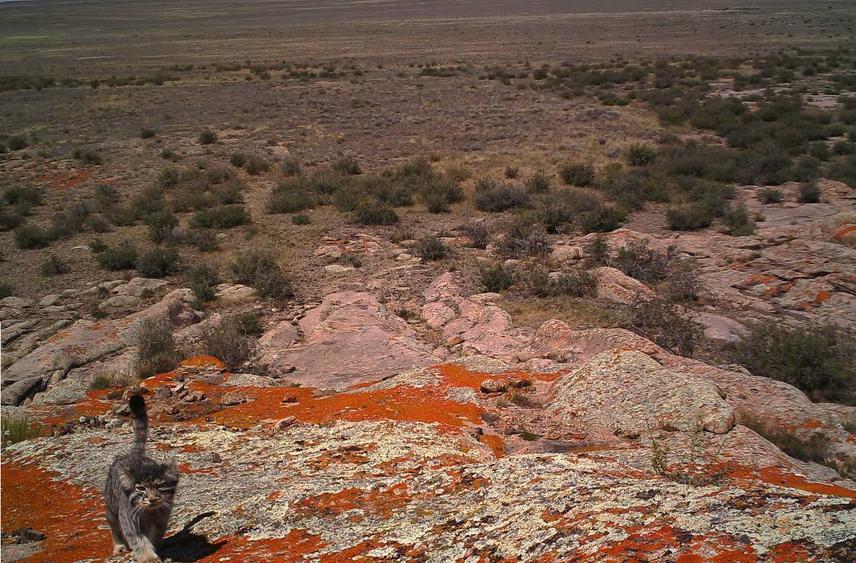Anna Barashkova
Other projects
The project contributes to Pallas's cat research and conservation in Kazakhstan. A key objective is the development of conservationists and researchers involved in the study and conservation of Pallas’s cats and its habitats through the Pallas’s Cat Working Group activities. The project aims to attract more local people and organizations to Pallas’s cat conservation through engagement, communication and education.

The project is the continuation of our work on study conservation status of Pallas’s cat in Kazakhstan. The main objectives are:
(1) obtaining new data on species and actual threats to it via camera trap research and interview surveys;
(2) predicting the habitats of Pallas’s cat in the Eastern Kazakhstan and Altai mountains with following prioritization areas for Pallas’s cat conservation;
(3) improving and standardizing of field methods;
(4) raising awareness of local people to Pallas’s cat conservation, particularly involving hunters through the net of hunting non-profit organizations of Kazakhstan (Kansonar Association);
(5) development of online database on Pallas's cat and other small wild cat species of Eurasia;
(6) development of the community of conservationists and researchers involved in study and conservation of Pallas’s cat and its habitats through the Pallas’s Cat Working Group activities.
The main project site is the Eastern Kazakhstan bordered with Altai Mountains in the east, Tarbagatai and Saur Mountains and the Balkhash Lake in the south, the N50 latitude in the north, and stretches westward to the inner area of Betpakdala desert. In this project we plan to investigate western part of this area, reaching the north-west periphery of Pallas’s cat range which is unclear now. Two field trips will be organized in a year in order to make camera trap research and interview local people.
Special survey protocols will be distributed among hunters through the Kansonar Association.
Data obtained will be entered in one database on Pallas’s cat managed by the Pallas’s Cat Working Group and to online database on small wild cats of Eurasia (http://wildcats.wildlifemonitoring.ru). The trainings in use and maintenance of databases will be organized for interested specialists and organizations during autumn-spring period of 2017-2018. Methods’ standardizing and trainings in database use and data treatment will be made mostly in Altai study site – on the base of the Sailugem National Park (Russia).
Scientific and popular articles will be published during and after completion of the project. Thus we plan to highlight project’s progress and results and give educational information about necessity of conservation of Pallas's cat in local newspapers and the same-name bulletin of the Kansonar Association. Educational leaflets will be distributed among local people during interview surveys.
The results of the project and recommendations concerning Pallas’s cat conservation in the study area and Kazakhstan on the whole will be given to governmental conservation bodies, non-profit organisations and other stakeholders.